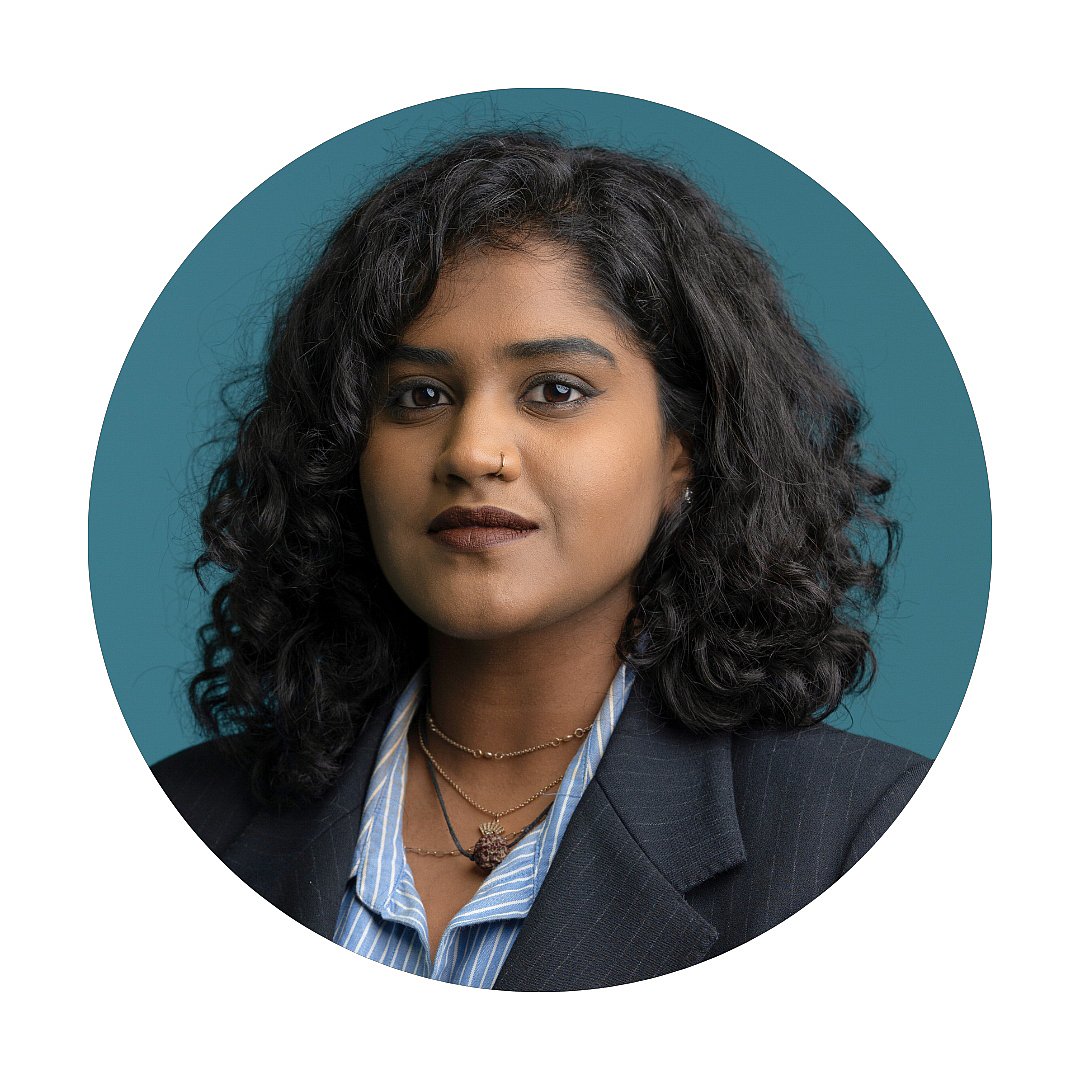The next global crisis? Billions may lose out on the AI boom unless key gaps close
Experts warn that unequal access to compute could shut billions out of the AI economy

Talal Al Kaissi, Group Chief Global Affairs Officer at Abu Dhabi-based G42, said, “We cannot afford there to be a digital divide the same way there was this energy divide that caused what we see today in the Global South.”
“Prosperity is a function of having access to energy. Access to energy is missed by 770 million people. If you add the Internet to that, it goes up to around 2.9 or so billion people,” he said. “And if you add the non digital native, digitally skilled individuals, you get to 3.9 billion. Half the world’s population cannot even benefit from AI if we do not close those gaps.”
Speaking at the TRENDS 2nd Annual Dialogue on Artificial Intelligence, Al Kaissi said closing those gaps will require massive investment in data centres and power infrastructure. The world may need more than 100 gigawatts of AI-related power, or even up to 500 gigawatts under some forecasts, compared with roughly 60 to 70 gigawatts of capacity today.
“Each gigawatt of capacity that is required for AI data centers is anywhere between $30 and $50 billion and we are talking about five gigawatts over here,” he said. “To close that gap, it is trillions of dollars. No one company, one country or one individual in the world can do this on their own.”
G42’s answer is an “intelligence grid” built on the logic of the electricity grid. “Electricity needed a grid. Electricity needed power generation. It needed substations, it needed transmission lines. Similarly, in intelligence, we do need an intelligence grid and intelligence needs to be accessible the same way electricity is,” he said.
Within that model, the UAE is positioning itself as a supplier, not only a user.
“In the UAE, through this type of facility, while it is protected, you will be able to then export a lot more of these tokens,” he said. “One gigawatt of energy is going to produce quadrillions of tokens per day, and you will be able to then export that to a radius of around 3,200 kilometres, sub 60 milliseconds in terms of latency. That then positions us to serve really half the world’s population within that radius, from the UAE.”
Gulf becomes “center of the center” for AI
For policy analysts, this push is part of a broader realignment in global power. Mona Yacoubian, Director of the Middle East Program at the Center for Strategic and International Studies, said AI development in the Gulf reflects a wider shift in how the region relates to Washington.
“When we look at this moment that we find ourselves in, in the region, I think we are watching the emergence of a new order,” she said. “This emerging order features the Gulf as the new center of gravity, and we see far greater agency exerted by regional actors, by the Gulf. And I think this notion of the development of AI here is emblematic of that.”
She contrasted today’s environment with what she described as the “old world of hydrocarbons”, which she said was “almost literally extractive” and unequal. The new model is more collaborative and built around creativity, innovation and co-development.
“We are in the center of the center here in the UAE,” she said, arguing that recent moves by the US, including the decision to allow exports of advanced Nvidia chips to the country, point to a recalibration in US Middle East policy that is now built around technology and economic deals.
Also Read
Sam Altman and Peng Xiao say the real AI divide is about access, not algorithmsSam Altman predicts AI will soon build robots and data centres on its ownIndustry leaders push back on ‘AI bubble’ talk, say growth still grounded in real demandAI is national sovereignty like defence or cybersecurity, says UAE minister at GitexSecurity and dual use concerns remain central
“As much as emerging technologies and AI and all that sort of stuff has become the driver of the relationship, the anchor remains security and defense, because without security, none of this is possible,” said Bilal Y. Saab, Senior Managing Director at TRENDS US.
He drew a direct line between the attacks on critical oil facilities in 2019 and the need to protect new AI infrastructure.
“Imagine a similar scenario in a facility that is related to AI, any cooling center, any data center, or anything that is related to the architecture,” he said. “As much as we try to ignore that conversation, the bottom line of that relationship remains anchored in defense and security.”
Saab described modern AI systems and data centres as “dual use”, already visible on both the battlefield and in maritime policing, and said defence cooperation still lags the pace of commercial tech collaboration. He called for a bottom up process that builds daily working ties and institutional mechanisms between US and Gulf partners.
A hub that must balance access and control
Security layer, according to Al Kaissi, is not an afterthought but a prerequisite for the model the UAE is promoting. He pointed to the country’s earlier experience with civil nuclear energy, when Abu Dhabi signed a Gold Standard 123 agreement with Washington that hardwired non-proliferation and strict controls into its programme.
“In the case of securing regulated technologies, what we have been able to do in designing a multi layered approach, both on the physical and logical security to protect the data centers not just from access physically but also logically, is a gold standard,” he said.
That regulated environment, he argued, is what allows the UAE to host US and other international companies and act as a “force multiplier” for their AI workloads while addressing US concerns over diversion and access.
Sign up for the Daily Briefing
Get the latest news and updates straight to your inbox
Network Links
GN StoreDownload our app
© Al Nisr Publishing LLC 2025. All rights reserved.
